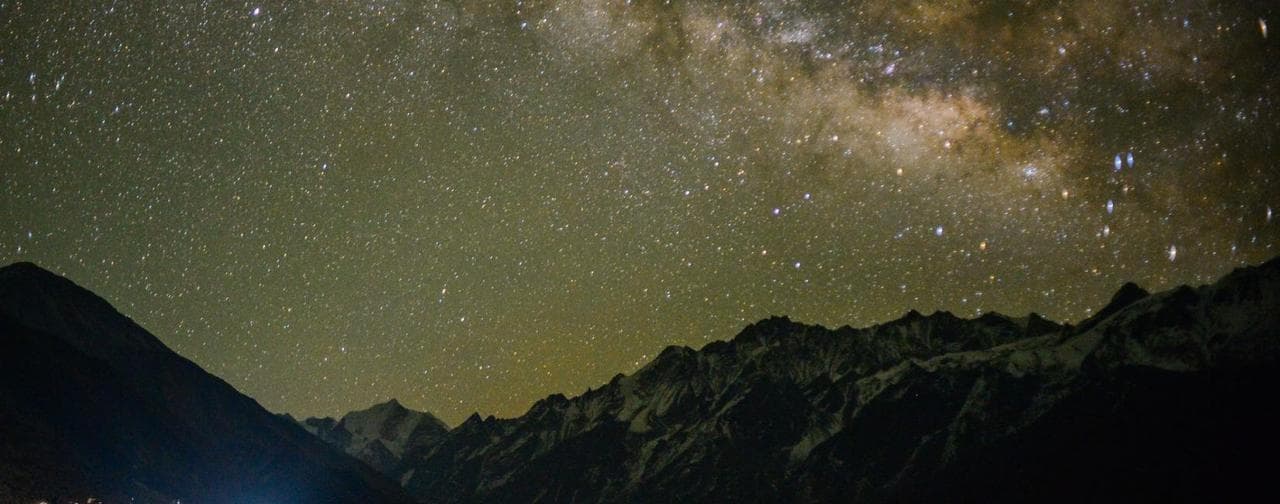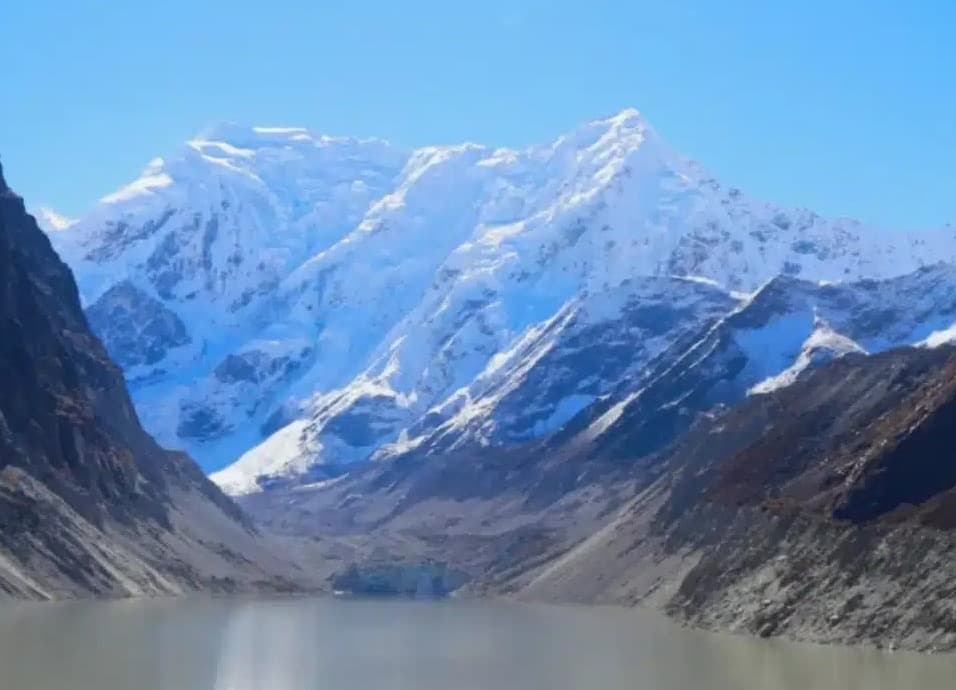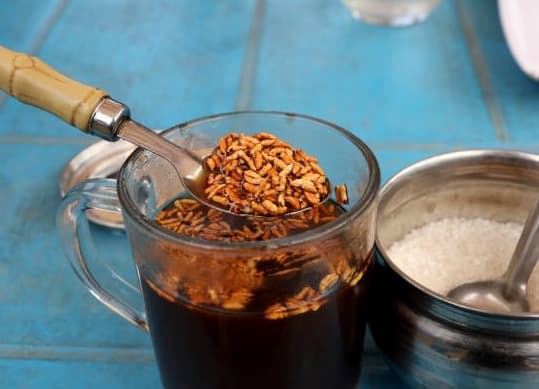Trekking the Langtang Valley: A Journey Through Scenic Trails, Snow Peaks, and Starry Nights
Nestled just north of Kathmandu, Langtang Valley is often called the “valley of glaciers” — a place where rivers run crystal-clear, mountains pierce the skies, and wildlife thrives among rhododendron forests. It’s also one of the most accessible trekking routes in Nepal, making it perfect for those who want to experience the Himalayas without committing to weeks of strenuous climbing.
I visited in the first week of April 2025, a time when spring was painting the valley with blooming rhododendrons, the rivers ran full from melting snow, and the skies were mostly clear, offering unobstructed views of the snow peaks.
Day 1 – Kathmandu to Syabru Besi
The adventure began with a five-hour drive from Kathmandu, winding through green hills, terraced farmlands, and roadside villages. Along the way, we passed through multiple police checkpoints — part of Nepal’s efforts to prevent smuggling, including wildlife trafficking.
We reached Syabru Besi just after lunch. The town itself felt unremarkable, more of a functional stopover than a destination. Many trekkers choose to start walking the same day, but I stayed the night. One thing I quickly noticed — the food here is very different from the Annapurna region. Being so close to the China–Tibet border, the cuisine has more Tibetan influence, though I must admit, Annapurna’s flavors win my vote.
Day 2 – Syabru Besi to Lama Hotel
After breakfast, we set off, following the trail toward the hydro dam. The river roared alongside us, its waters clear and cold from the mountains. The first day’s trek is a test for beginners — long stretches of uphill climbs that left me breathless more than once. It took me almost seven hours to reach Lama Hotel (most people take less than five, but why rush?).
Lama Hotel isn’t a single place but rather a small cluster of lodges. The original “Lama Hotel” still stands, but now others have sprung up around it. The setting is peaceful, with smooth river rocks where trekkers sometimes meditate, the sound of flowing water as their soundtrack. Along the way, I spotted butterflies flitting in the sun and wild birds darting between the trees.
Day 3 – Lama Hotel to Langtang Village
This was one of the most beautiful stretches of the trek. The first half winds through rhododendron forests, with the river keeping us company, its sound mixing with birdsong. Then the forest thins out into open highland terrain — shrubs, bushes, and sweeping views. This is where the snow-capped peaks of the Langtang range first appear, teasing us with what’s ahead.
We stopped for lunch, then continued toward Langtang Village. The area carries a heavy history — a devastating earthquake in 2015 wiped out almost the entire settlement. Today, the rebuilt village sits slightly higher up, its Tibetan-style lodges standing resilient against the backdrop of towering mountains. We stayed in one of these lodges for the night, warmed by the hospitality of the locals.
Day 4 – Langtang Village to Kyanjin Ghompa
Compared to the earlier days, this leg felt easier — about four hours of gradual ascent. The snow peaks on the right kept us company, growing ever closer. Standing at a vantage point just before entering the village, I could see the entire Kyanjin Ghompa spread out below, framed by an amphitheater of mountains.
We arrived just in time for lunch, then rested before tackling Kyanji Ri in the afternoon for panoramic views of the valley. The air was crisp, the scenery surreal. Back in the village, we rewarded ourselves with coffee and cake from a local bakery — the kind of small luxury that feels magical in the mountains.
That night was unforgettable. At 2 a.m., we stepped outside for astrophotography, and the Milky Way stretched across the inky black sky. The stillness of the night, broken only by the faint rustle of the wind, made the moment feel otherworldly. It’s a memory I’ll carry forever.
Day 5 – Back to Lama Hotel
We retraced our steps, but the trail still had surprises in store. We were lucky enough to spot two Himalayan monals, their iridescent feathers flashing in the light, along with a variety of other bird species. Sadly, the elusive red panda remained hidden.
Why Langtang Valley Should Be on Your Trek List
In just one week — including two days in Kathmandu — you can immerse yourself in Nepal’s Himalayan beauty. The Langtang trek offers a little of everything: forests, rivers, wildlife, mountain panoramas, and cultural encounters. It’s an ideal choice for those short on time, new to trekking, or simply looking for a route less crowded than Annapurna or Everest.
For me, Langtang Valley was more than just a trek — it was a tapestry of moments: the rush of rivers, the glint of snow peaks at dawn, the laughter of lodge owners, and the silent wonder of a star-filled sky.
Travel Tips for Langtang Valley (April Edition)
🗓 Best Time to Go:
- Spring (March–May) — Rhododendrons in full bloom, clear skies, and pleasant daytime temperatures. Early April, like my trip, offers great visibility and less chance of heavy rain.
- Autumn (September–November) — Crisp air, stable weather, and excellent mountain views.
⏳ Trek Duration:
- 5 trekking days + 2 days in Kathmandu.
- Perfect for those with limited time who still want a full Himalayan experience.
🏞 Difficulty Level:
- Easy to moderate — Suitable for beginners, but be prepared for some steep climbs, especially on Day 1.
- Average daily trekking time: 4–7 hours.
🎒 Packing Essentials:
- Warm layers for cold nights (even in April, temperatures can drop near freezing at higher altitudes).
- A good pair of trekking shoes with ankle support.
- Trekking poles for steep sections.
- Camera and extra batteries (the views will drain your memory card fast).
- Small binoculars if you’re a wildlife enthusiast — there’s always a chance of spotting Himalayan monals or even the elusive red panda.
💡 Pro Tip:
- Spend at least one night in Kyanjin Ghompa to experience the Milky Way in its full glory — it’s a sight you’ll never forget.











